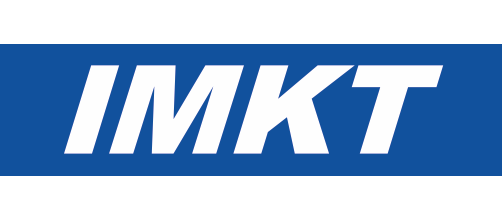Numerical calculation of local adhesive wear in machine elements under boundary lubrication considering the surface roughness
- verfasst von
- Jan Torben Terwey, S. Berninger, G. Burghardt, G. Jacobs, Gerhard Poll
- Abstract
The calculation of wear in boundary lubricated or unlubricated contacts of machine elements requires the knowledge of certain parameters describing the behaviour of the tribological system. An approach for wear calculation in dry sliding contacts is the ARCHARD equation, which is based on the ARCHARD wear coefficient, describing the probability of the formation of a single wear particle. Although a calculation routine for the ARCHARD equation can be formulated numerically, it is still necessary to determine the ARCHARD wear coefficient for each considered tribological system by experiments. The aim of this paper is to transfer the global ARCHARD equation into a numerical wear model, which allows a spatially resolved determination of wear depth for dry and boundary lubricated contacts. Considering the surface roughness, the calculation will be reduced to a single asperity contact. Each asperity can suffer a specific number of load cycles until its cross section is weakened so the asperity detaches from the surface. The numerical calculation of this critical number of load cycles follows the theory of continuum damage mechanics. The required nonlinear material properties can be evaluated by tensile and compression tests. The residual uncertainty of the calculation process is reduced to the specification of the coefficient of friction for the considered tribological system. The presented numerical model is validated with experimental tests on a FE8 test rig.
- Organisationseinheit(en)
-
Institut für Maschinenkonstruktion und Tribologie
- Externe Organisation(en)
-
Rheinisch-Westfälische Technische Hochschule Aachen (RWTH)
- Typ
- Aufsatz in Konferenzband
- Seiten
- 796-807
- Anzahl der Seiten
- 12
- Publikationsdatum
- 15.07.2018
- Publikationsstatus
- Veröffentlicht
- Peer-reviewed
- Ja
- ASJC Scopus Sachgebiete
- Fahrzeugbau, Luft- und Raumfahrttechnik, Maschinenbau, Fließ- und Transferprozesse von Flüssigkeiten
- Elektronische Version(en)
-
https://doi.org/10.1007/978-981-13-0411-8_71 (Zugang:
Geschlossen)


